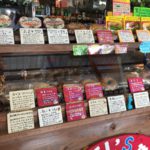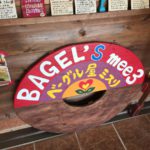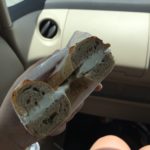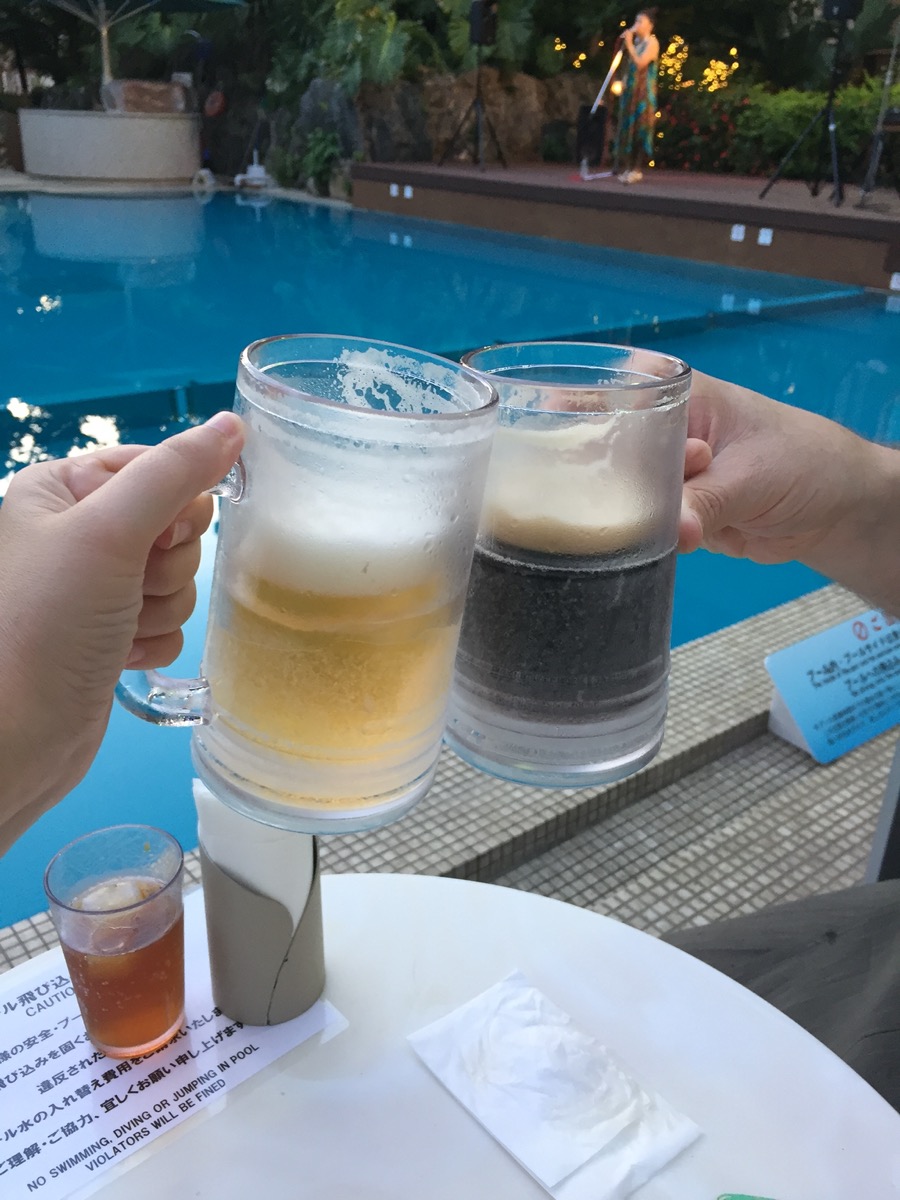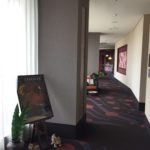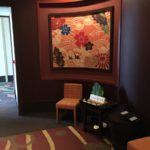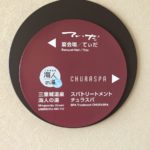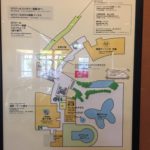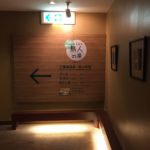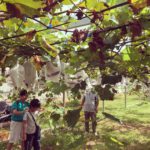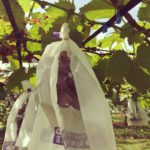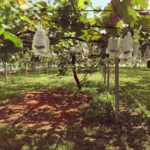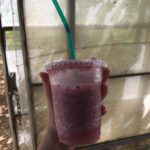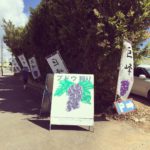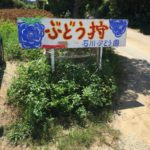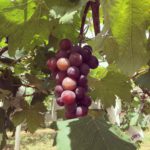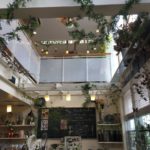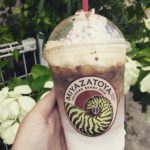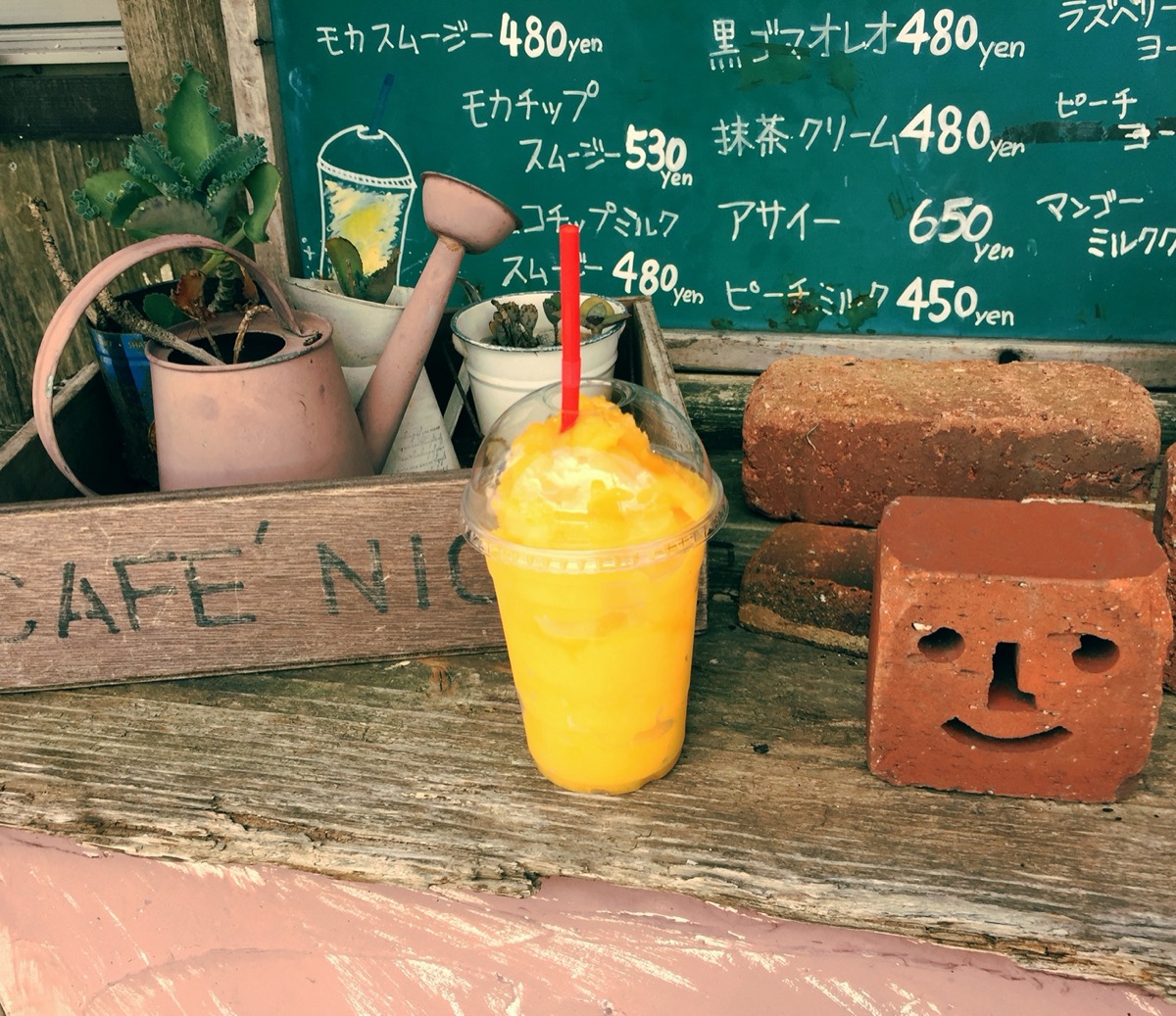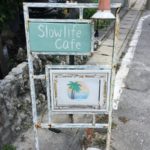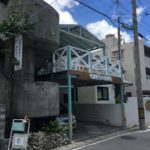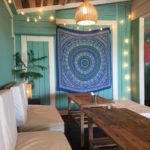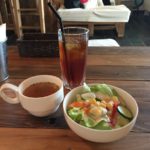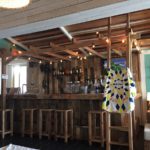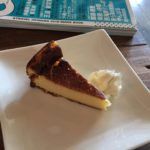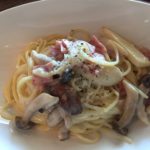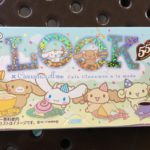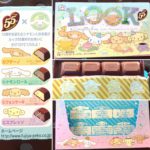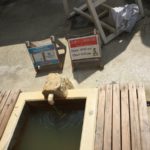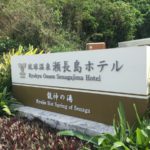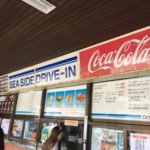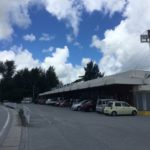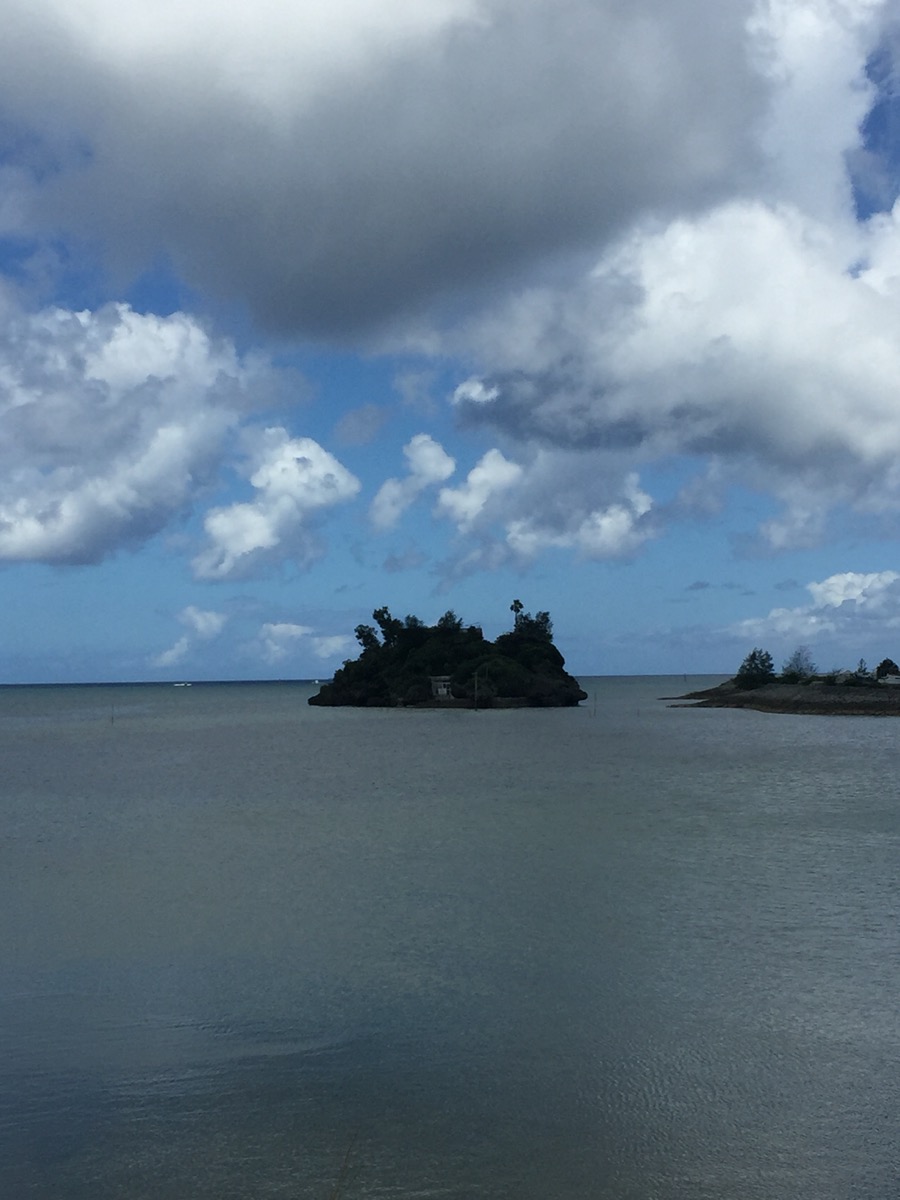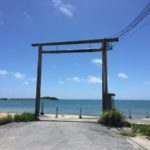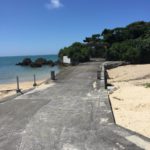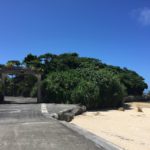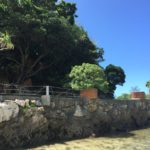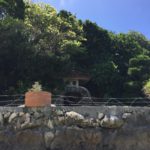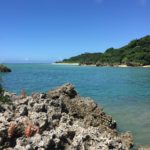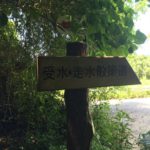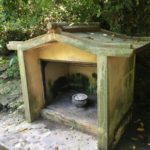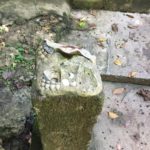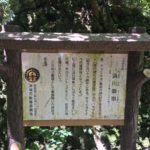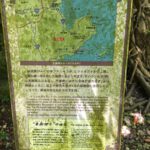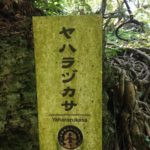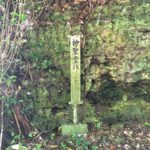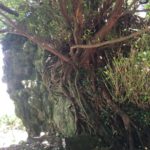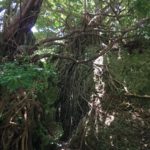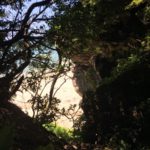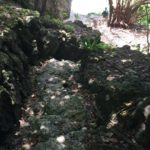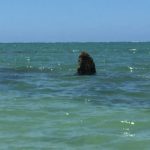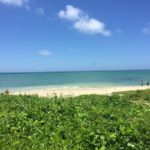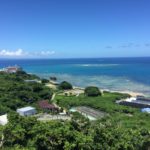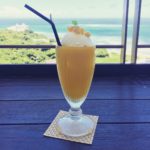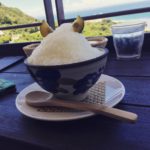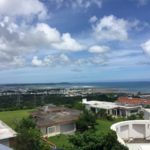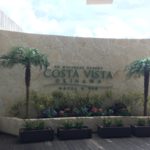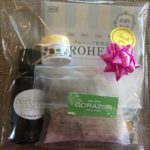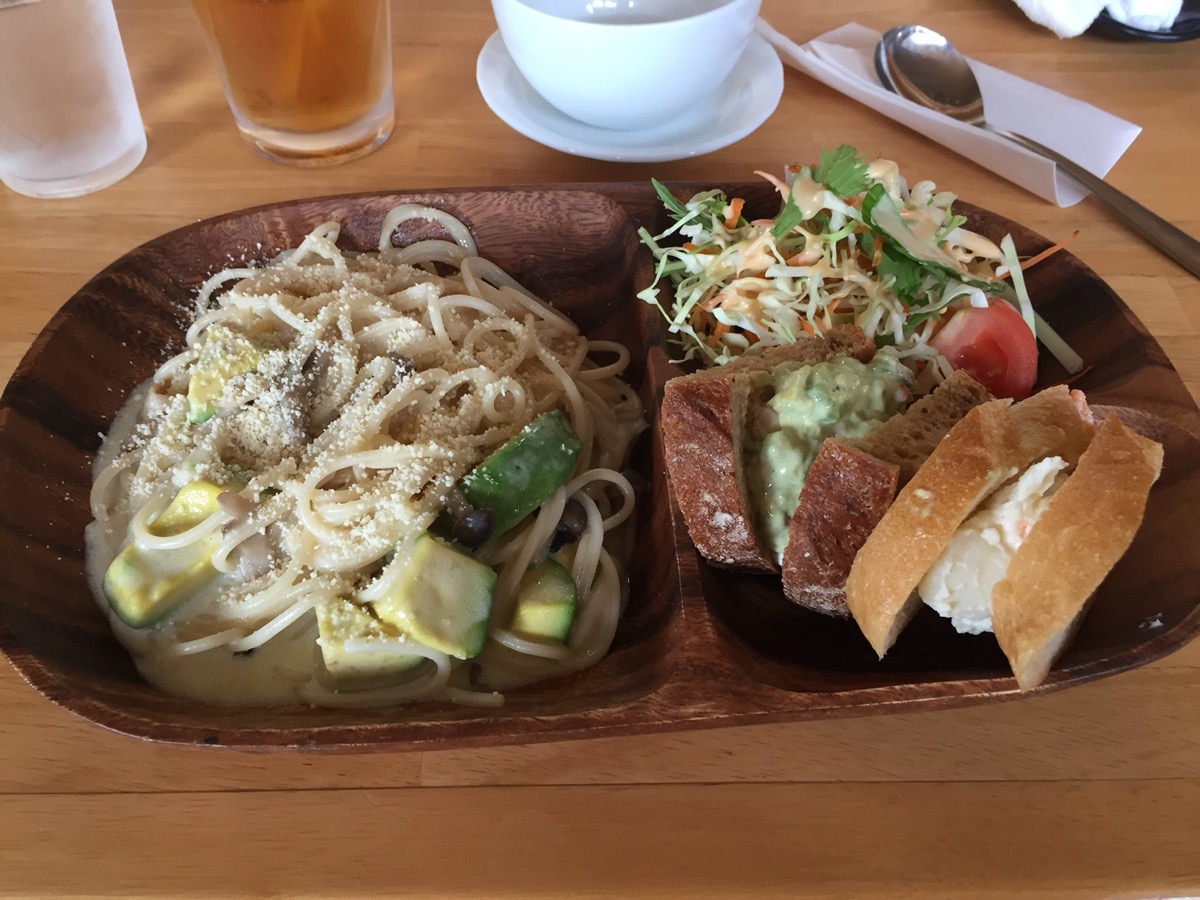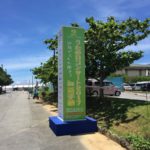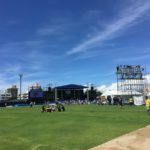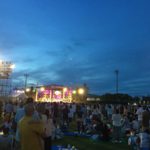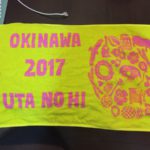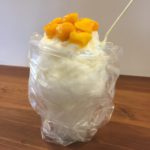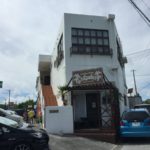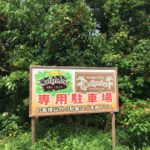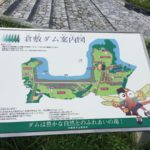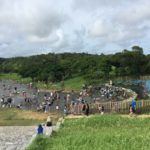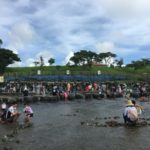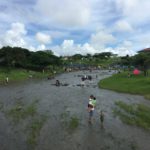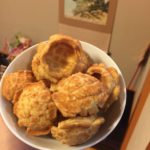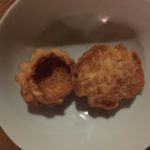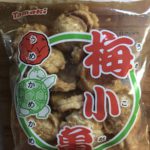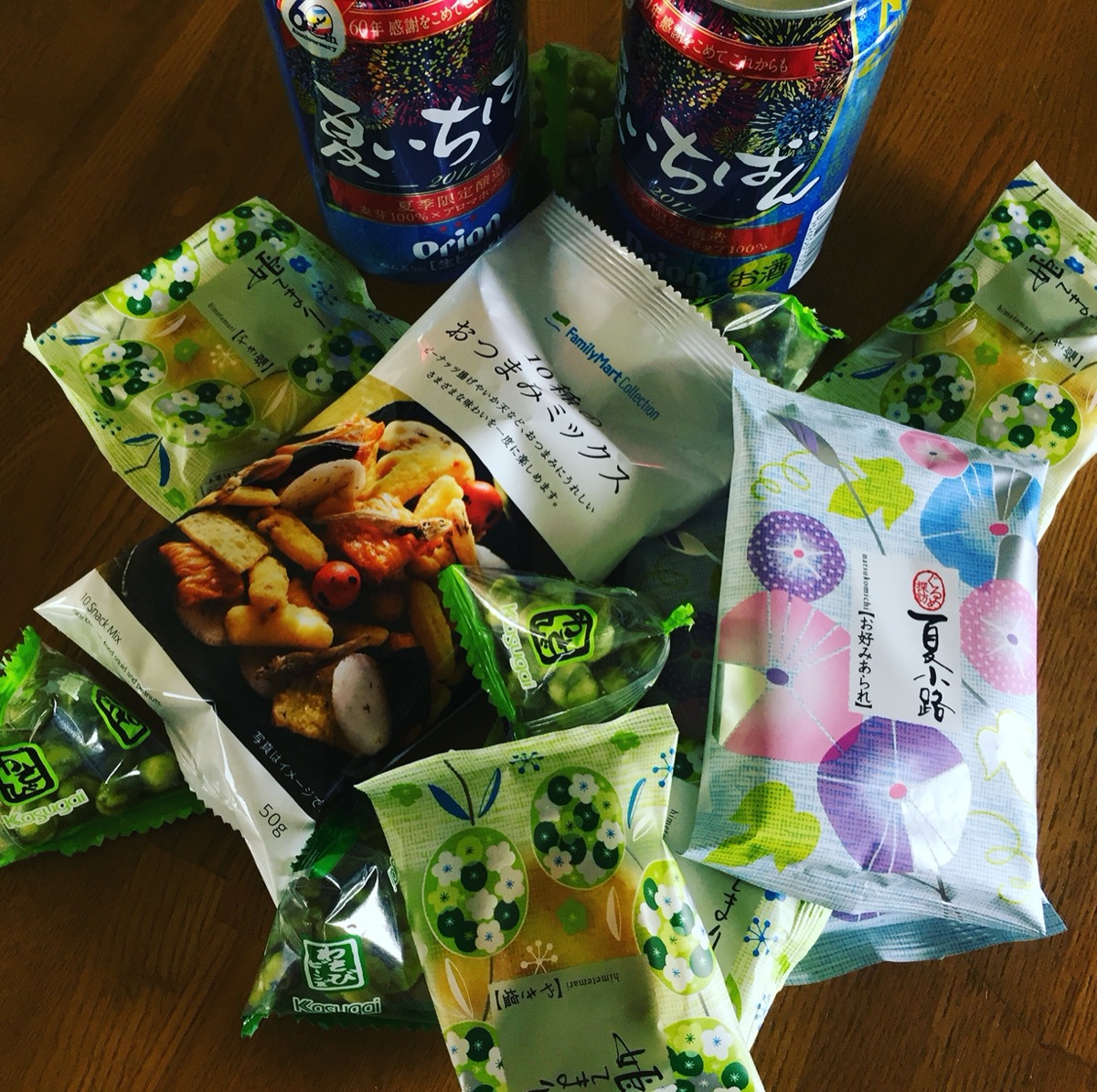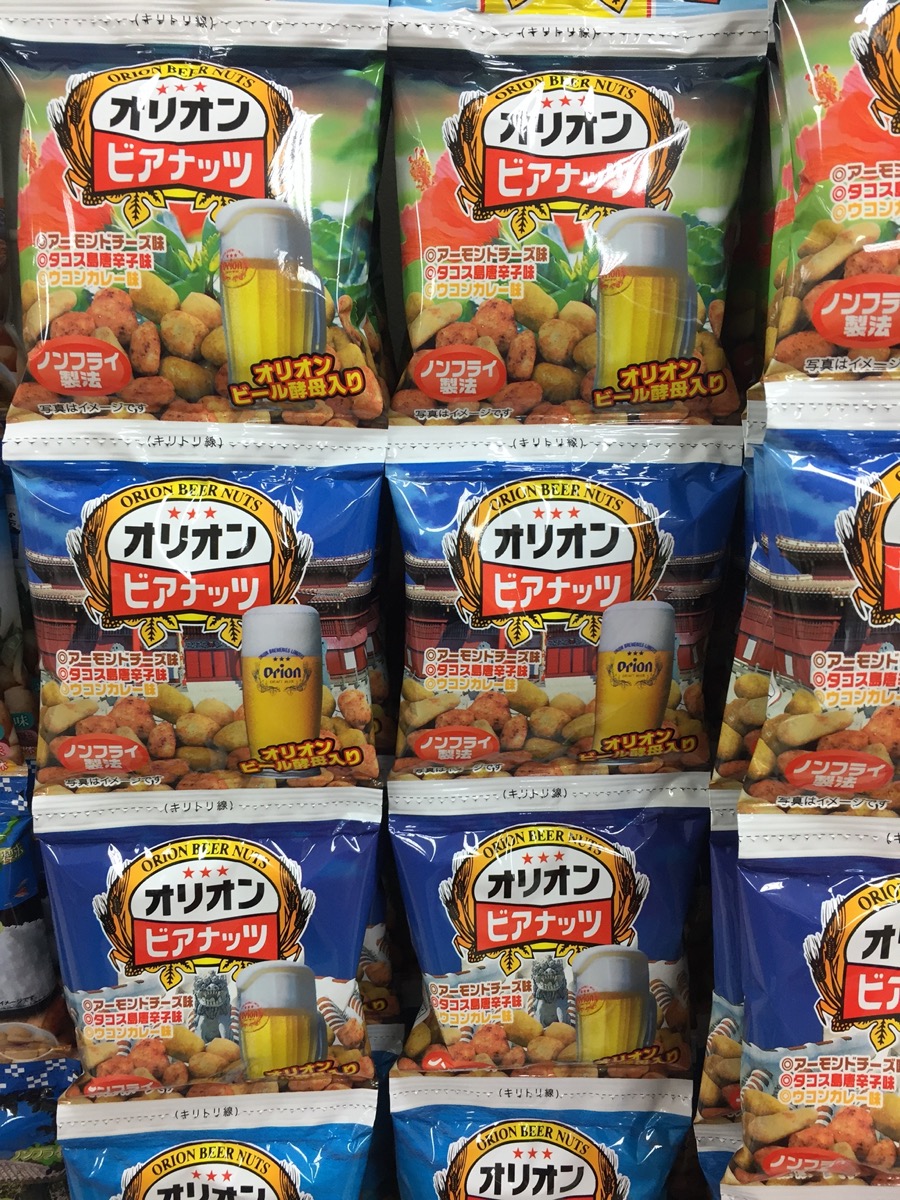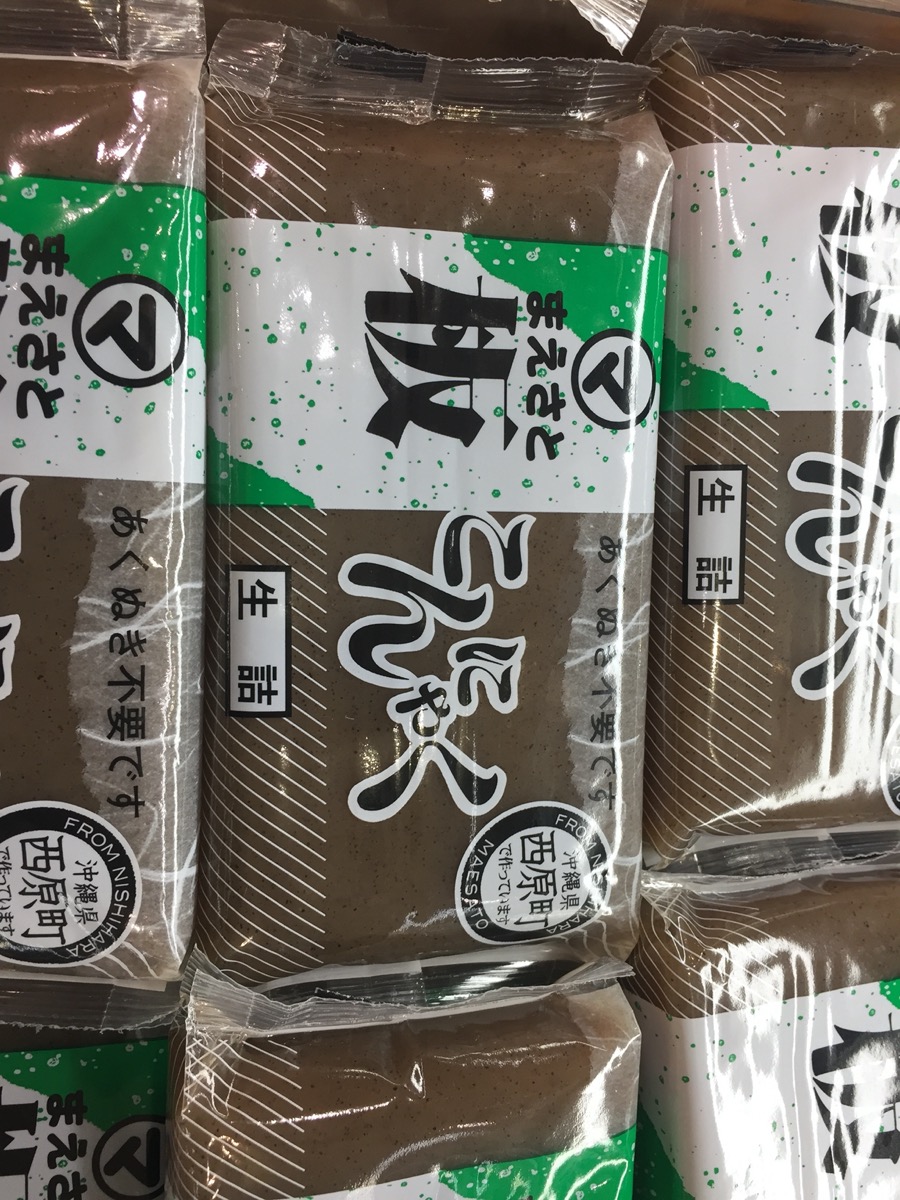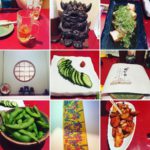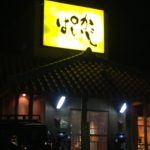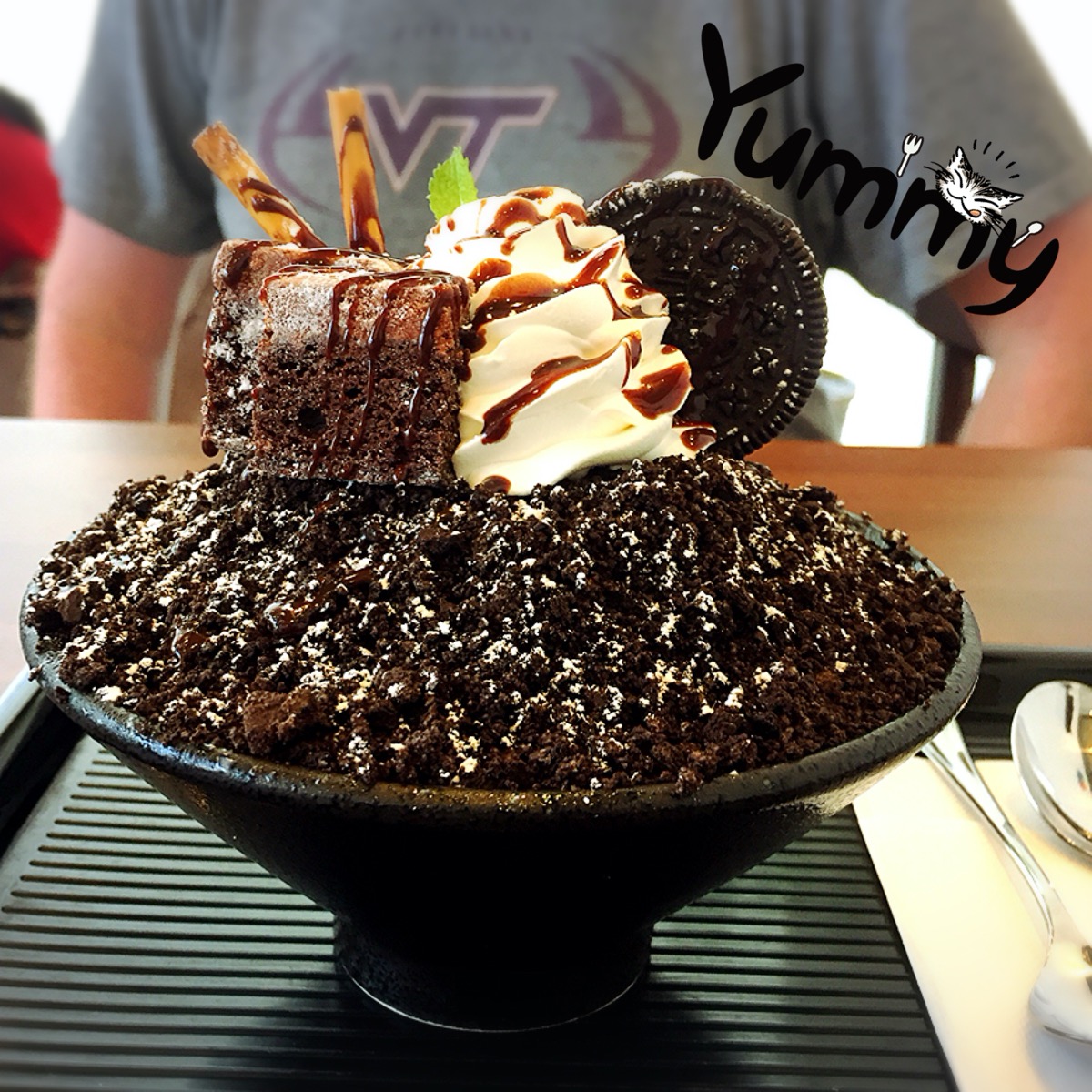Some of the FAQs about visiting Okinawa. This is not a complete guide, but hopefully can give you an idea of how to plan your visit. I try to hit the main points to consider when visiting.
Best and worst times to visit:
**Beaches are closed from around November to April/May. Usually it is too cold to swim during this time anyway.
February is cold, windy, and generally miserable– likely one of the worst times to visit. January and March are also chilly and not suitable for the beach, if you are looking for a beach vacation (which, I think most people coming to Okinawa are expecting).
April through early May is generally pleasant, not too hot but not too cold (usually). The water temperature however is cold as it has not warmed up yet. Some people may not mind the chilly water, but I would advise having some sort of rash guards for swimming/snorkeling during this time.
Late May-mid-June is typically the rainy season (some variation year to year). There can be a lot of rain during this time and you may not get lucky enough to have much outdoor time. So be advised, while the weather is occasionally clear, there are bouts of heavy rainfall which will keep you indoors during this time.
Late June (right after rainy season ends) and July can be hot, but usually bearable. However typhoon season begins in June and ends in October time frame. Again, it changes year to year; some years there are nearly no typhoons, other years there are several. It is a bit of a gamble, but often late June and July do not see typhoons, so you are usually safe to choose this time.
August is very hot and humid. But lots of great festivals during this time, so keep all this in mind. The kids are off of school, too, for summer vacation, so prices will skyrocket and some places may sell out during this time. If you want to go to an outer island via ferry you MUST get reservations during August, even during week days.
September is still hot and humid, plus it is still typhoon season. Kids are usually back in school though, so the tourist scene calms down a bit. October can be pleasant but sometimes moving into cooler weather (especially in the evening). This being said, the water temperature is usually still decent at this time of year since it has not cooled off all the way yet; you probably don’t need rash guards, though you may want to wear them anyway if going to a beach without nets, or snorkeling somewhere near coral or possibly jellyfish, etc. But once you get out of the water, the air temperature in October can be pretty chilly, so you will want to get out of those wet clothes quickly. It’s not really the best beach weather, but can be tolerable, depending on your tolerance to cold.
November and December can be hit or miss; sometimes pleasant and other times cold. Typically a little too chilly to swim comfortable, plus most if not all (manned) beaches are closed during this time. You can find some quiet unmanned beaches and swim if the weather just happens to cooperate. The water temps are usually still warm enough from the summer (takes awhile to cool down), but the air temp can be chilly.
Check out this page for links to special events and holidays in Okinawa: Calendar
Where to stay:
This is a difficult question to answer… there are many places depending on what you want to do. The southern near Naha is prime location for several tourist activities, but there are only a few beaches compared with other areas. Naha is also a concrete jungle, and not the romantic island image you see on the tourist postcards of Okinawa; to be honest I don’t particularly recommend staying here. If you stay in the south, perhaps try closer to the Itoman area. The central area near American Village has shopping and a few beaches, but again it is not the perfect postcard picture. It is however convenient to many areas around the island, so it makes it an okay place to stay. In the North near the Onna resorts it is a little prettier, a bit more scenery, more beaches, and a little less city. There are still plenty of tourist opportunities up here (the aquarium, some parks, etc), so this area is one of the nicer places to stay during your vacation. Just keep in mind it is a decent drive down to the southern part of the island where there are a lot of tourist activities. There are some other small locations not close to anything, nor particularly fancy… it depends on what sort of vacation you are looking for, really.
If you really want the Okinawa that the pictures promise you I recommend going to an outer island: any of the Keramas, Miyako-jima, or Ishigaki-jima. These places are very beautiful and have the best beaches + snorkeling/diving.
The types of accommodations vary like anywhere else: hostels, guesthouses, hotels, resorts, and even a few “ryokan” type establishments. AirBnb is also an option to check out, though I don’t feel like it is very popular here so your choices may be limited. It just depends on the type of experience you are looking for (and your budget!).
How to get around:
I highly recommend renting a car or scooter. The monorail only takes you from the Naha airport to Shuri. The public bus runs all over island, but is not always on time, or convenient, and is actually pretty expensive. Taxis, while convenient, are very expensive. If you really don’t want to rent a car, then look into joining some bus tours to hit up the main attractions you would like to see.
I have a guide on getting to the outer islands here: Okinawa: Outer Islands & How to reach them. Most of them are walkable, but some you may want to rent a bicycle, scooter, or car. If you stay overnight, many accommodations will pick you up at the ferry port.
For now I will end here, and perhaps add more later. Questions about food/drink you can look through the blog for some recommendations and types of foods you may see here. Same with on “what to see”; I list a few things here on my blog, but there are many that I haven’t written posts for. Have questions? Leave a comment or send me a message from the contact page.
